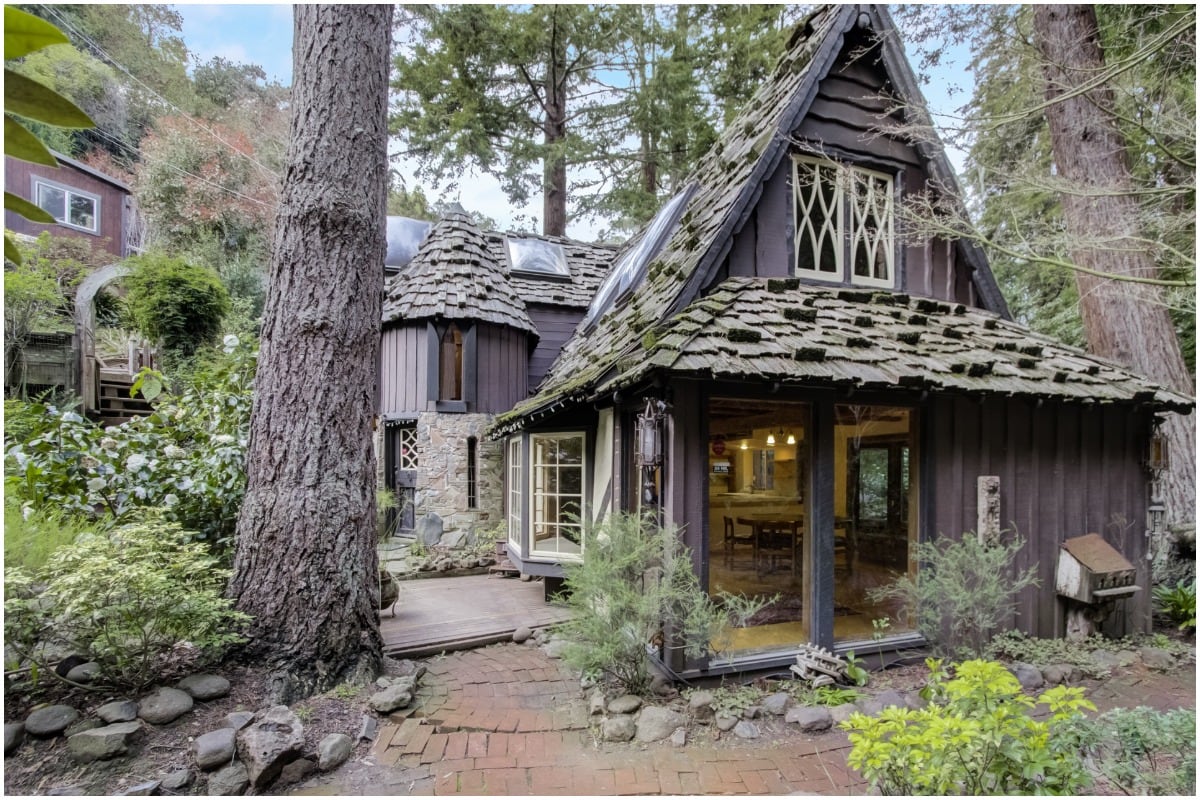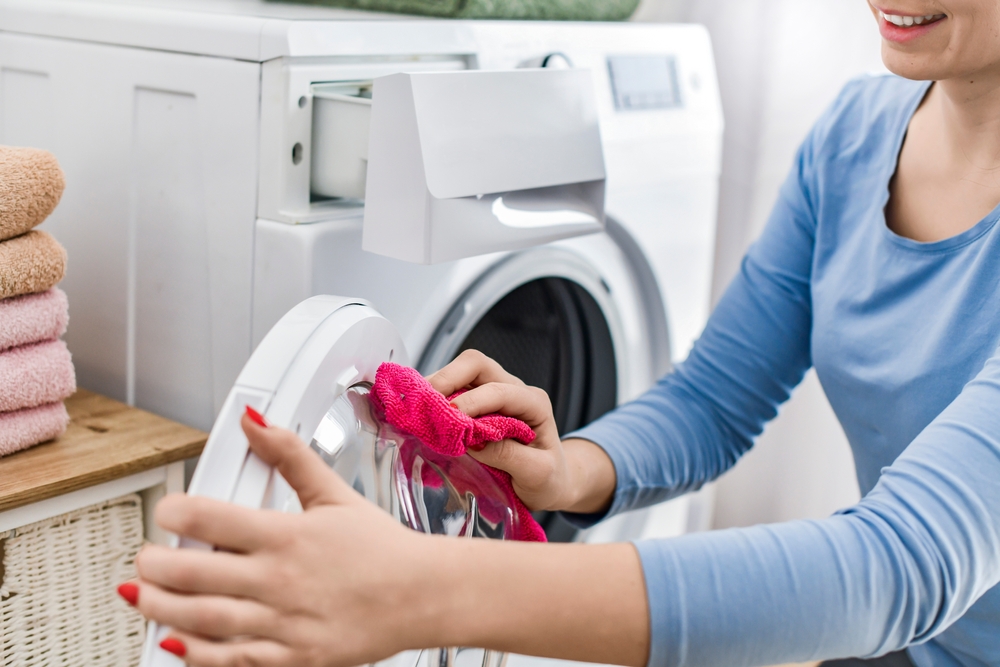Managing rental properties on your own might seem like a smart way to maximize profits. No property manager means no extra fees, and who knows your property better than you?
But for many landlords, that DIY mindset comes with invisible costs—ones that slowly chip away at your time, energy, and income.
Self-management often feels empowering at first, but the reality sets in quickly: late-night maintenance calls, chasing rent payments, handling tenant disputes, sending out lease renewals, and keeping up with paperwork. Before long, what was supposed to be passive income starts to feel like a second job.
The good news? It doesn’t have to be that way. With the right systems in place, landlords can streamline operations, reduce stress, and focus on what really matters: growing their portfolios and enjoying financial freedom.
Let’s break down the hidden costs of self-managing rentals and how property management software can help you avoid them.
The Illusion of Cost Savings
On paper, self-managing your rentals yourself looks like a win. You avoid the typical 8% to 12% property management fee, maintain control, and improve your monthly cash flow. But that “savings” doesn’t factor in the true cost of your time.
Every hour spent responding to tenant issues, scheduling repairs, or reconciling payments takes time away from growing your business—or just enjoying life. You might be saving money, but you’re spending something even more valuable: your time.
And that time drain often isn’t obvious until you’re deep in the trenches. I remember my first property management job without any software. I had to carry a second cell phone at all times—just in case a tenant needed something.
There was even a drop box for tenants to drop their rent checks and maintenance requests. This meant I had to check the drop box every day! That’s not just inefficient—it’s exhausting.
There were so many other time drags, such as making deposits at the bank, tracking rent payments in a spreadsheet, and building a financial statement at the end of the year for taxes. It was grueling.
Once I switched to using software, everything changed. Tenants could pay online and submit maintenance requests through an app, upload photos, and track the status. It was better for them—and a huge relief for me.
The Real Hidden Costs of Self-Management
Here’s where the “invisible” costs of doing it all yourself start to show up.
Time drain
Tenant communication, maintenance coordination, and chasing down rent payments can quickly become a full-time job. Handling these tasks manually pulls your attention from bigger priorities—like scaling your portfolio or finding your next deal.
Financial inefficiencies
Every day a property sits vacant is lost income. Every late payment affects your cash flow. And without tools to automate reminders, track payments, or screen tenants properly, it’s easy to miss out on money you’ve earned. Manual accounting or tax prep? That’s another opportunity for costly errors.
The emotional toll
Being on-call around the clock takes a toll on your mental well-being. The stress of juggling tenant issues, emergencies, and day-to-day operations can quickly lead to burnout, leaving landlords feeling overwhelmed and unable to focus on growing their portfolios. Over time, this emotional strain can outweigh any perceived financial benefits of self-management.
A Smarter Way: How Software Simplifies Self-Management
If you want to stay hands-on without getting overwhelmed, the solution isn’t always outsourcing—it’s upgrading your systems. Property management software helps you stay in control while saving time and reducing stress. Here’s how it makes a difference.
Automated rent collection
No more chasing tenants or calculating late fees. Platforms like RentRedi automate the process—sending reminders, accepting payments via multiple methods, and enforcing late fees automatically. You get consistent cash flow without the constant follow-up.
Streamlined maintenance requests
Tenants can submit repair requests with photos right from their phones. You can assign tasks to contractors, track progress, and respond faster—all without endless back and forth. It’s more efficient for you and a better experience for your tenants.
Simplified tenant screening
With built-in credit, background, and eviction checks, the software allows you to make better leasing decisions—without needing tenants to come into an office or fill out paperwork by hand. I used to do all this manually, and it was slow, tedious, and error-prone. Now, I can review qualified applicants quickly and easily.
Centralized document management
No more digging through email chains or lost files. The software keeps everything—leases, payment history, maintenance logs—in one organized dashboard. Come tax season or dispute time, you’ve got everything at your fingertips.
Scalable as you grow
Whether you have one property or 100, the right platform scales with you, RentRedi, for example, offers affordable pricing and features that work for landlords at every stage. It’s built to grow with your business, so you can add doors without adding headaches.
If you are a Pro member of BiggerPockets, you have access to RentRedi for $1! The ROI on your time saved is incredible when you are only paying $1 for their systems and processes.
Conclusion: Stay in Control Without Losing Your Sanity
Self-management can absolutely work—but only if you have the right tools in place. Otherwise, what feels like saving money often turns into a pile of stress, inefficiency, and lost opportunities.
The goal isn’t just to manage—it’s to manage well. Property management software like RentRedi helps you do exactly that, giving you back your time and peace of mind while helping you run a professional, profitable rental business.
If you’re ready to simplify your operations, reduce stress, and make self-management sustainable, it might be time to upgrade your toolkit. Your future self—and your tenants—will thank you.



















 English (US) ·
English (US) ·